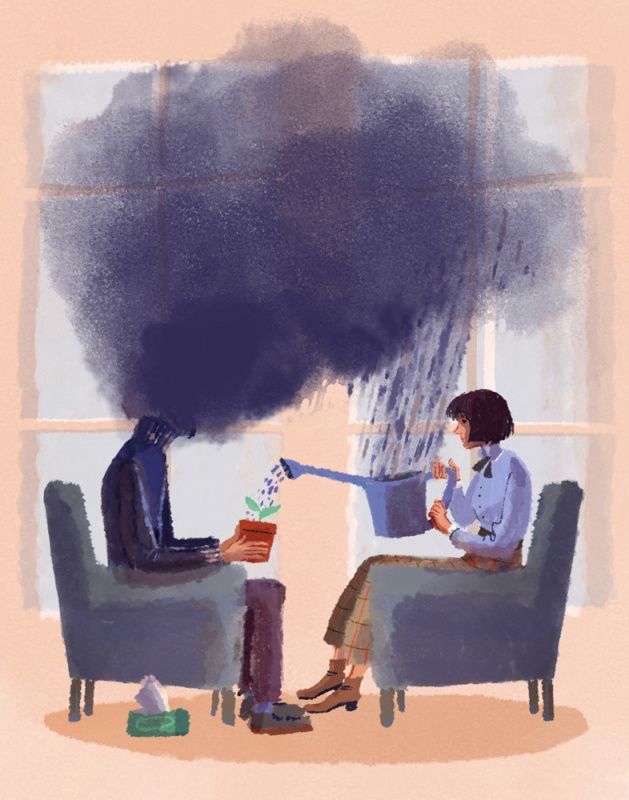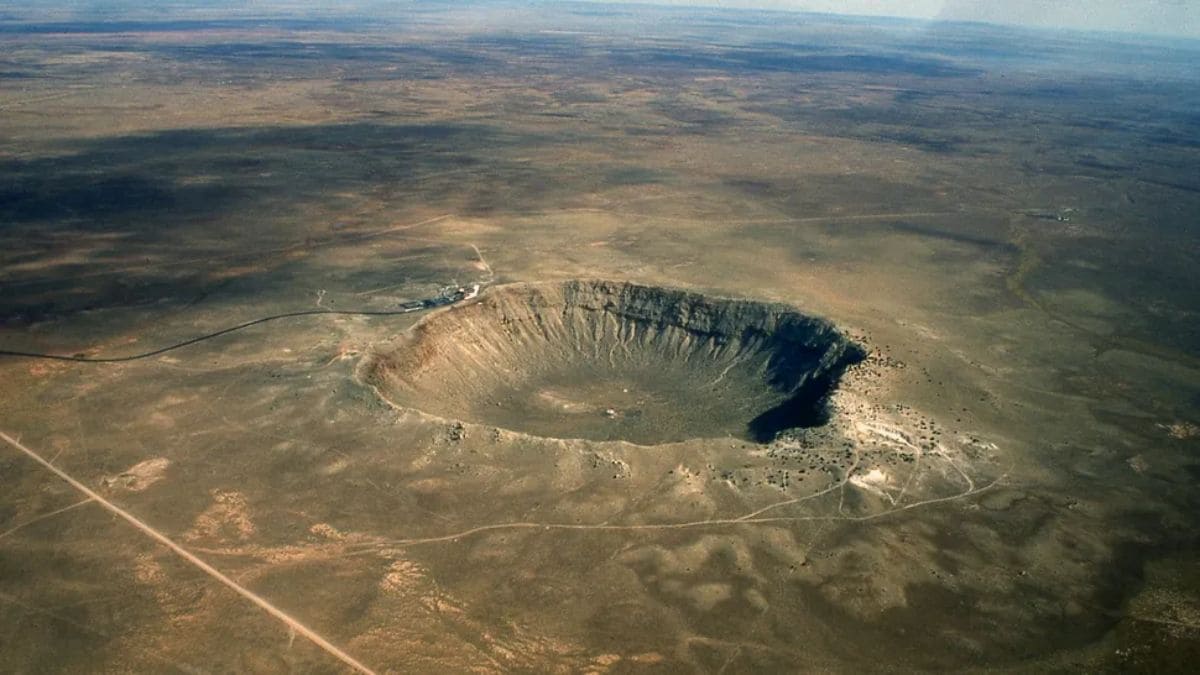Thunderstorm Warning in Coconino County: Stay Safe With These Travel and Weather Tips for Tourists
Wednesday, July 16, 2025

The Coconino County Sheriff’s Office said the scenic spot popular with tourists and its businesses and residents were under the warning of severe thunderstorm issued by the National Weather Service. The warning, which was issued at 3:01 p.m. on July 15, is in effect until 4:15 p.m. The county will remain under threat from 60 mph wind gusts and hail an inch and a half in diameter. This storm will be seriously deleterious to business and local tourism and travel in the region.
As so many people flock to this breathtaking swath of Northern Arizona, it’s useful to understand the dangers that extreme weather like this can bring. If you are in, or headed to, Coconino County, where popular spots like Flagstaff, the Grand Canyon or Sedona are located, you must be informed and prepared.
Coconino County is home to a large part of the Grand Canyon, with part of the Grand Canyon lying within the county, and the red rock formations of Sedona, and part of Flagstaff, which is home to Northern Arizona University. It was also a large National Novel Coronavirus (COVID-19) Hotspot, and the second hardest hit county of Northern Arizona. The visitors know no season but especially in the summer when they come here for different reasons—tours, walking, camping and so on.
But plans are easily scuttled by storms. Outdoor tours, hikes or sightseeing could be impacted by delays or cancellations due to high wind speeds and hail, according to the warning. Transportation could also be affected by rain, with a threat of flash flooding, particularly along streets in low-lying areas or near riverbanks. Local business owners (especially in the tourism industry) may want to consider the possibility that as tourists pause or cancel their travel plans, foot traffic might slow.
The best advice for travelers is to stay tuned and make any needed changes in your travel plans. Stay connected to the local government (e.g., National Weather Service, Arizona Department of Transportation (ADOT)) for information regarding road closure and detour.
If you need to be out and about in the snow, do take whatever precautions you can to be safe:
The Weather: I really hope I don’t have to mention the fact that you should literally always check the weather before a day on the water, but here it goes: always check the weather before a day on the water (using a reputable source like the National Weather Service). Expect random weather when you live in the mountains (like Coconino County).
Shelter Early: Waiting until the storm arrives and then seeking shelter is NOT how you do this. If you are outside, locate a nearby building with plumbing and wiring. These structures offer the best protection from lightning. “Cars are pretty safe when you’re inside,” since the electric charge from the strike travels through the metal frame rather than hitting its passengers.
Get away from water and trees: Being near, in or under water and standing close to trees, leave you at risk during a thunderstorm. If you’re on an open body of water — river, lake, bay — get off it, now. Do not hide under the trees either because the trees can be struck by lighting and you may sustain an injury even while you are untouched.
Driving Safety in Rain: Rain on the road in storm means holiday travelers should take care. For a few days at least, the central Arizona forecast calls for more off-and-on light rain showers and drizzle, inevitably evoking that day in February and the message CT Haake continues to emphasize: “When it rains, just slow down.” If you have your wipers on while you’re behind the wheel, always use your headlights, and keep an eye out for water collecting in the roads, where it can lead to hydroplaning.
Wait 30 Minutes After Thunder: If fewer than 30 seconds elapse from when you see lightning until you hear thunder, the storm is uncomfortably close. Wait at least 30 minutes after the last sound of thunder before resuming outdoor activities.
Coconino County, local businesses, particularly those in the tourism related industries: hotels, restaurants, outdoor tour operators, may experience individuals and groups not coming in as they shift plans on the tourism side. All that helps make it easy to stay on top of local weather alerts and change your operations accordingly if you work in the hospitality and travel sector, as you need to keep guests safe from harm. If you’re a visitor, check confirmations and make new plans if your tour or activity is impacted by the storm.
Day trippers and tourists thinking of heading to outdoor attractions should keep in mind those that are indoors and that can still be enjoyed in a storm, such as museums, galleries, and historic sites. That is not only is that for your safety it will also help support local businesses during this tough weather event.
What To Expect Coconino County thunderstorms can feel like a life-changing experience simply because they can be quite intimidating (especially if you’re not used to rain, thunder, lightning, or all three at once coming out of a cloudless morning!). With the proper preparation and respect for the power of mother nature, the power of a monsoonal storm can be felt without any interruption. Stay safe and be aware if you are in the storm path. Visitors to the Grand Canyon and other nearby natural landmarks should keep an eye on the weather and have a backup plan for at least some indoor activities. Local businesses may offer special deals or altered services during the storm; it’s worth checking with local tourism offices or hotels to know what’s available in the area.
Remember, the weather can change quickly in the mountains, so bring an emergency kit and make sure your phone battery is charged. Provided that you stay informed and follow the safety advice of whatever local officials are advising, you have nothing to worry about when you leave and actually get to spend some more time enjoying this incredibly beautiful part of Arizona.
Avoid being on the road in times of severe weather such as hiking, camping or sightseeing unless you are in a safe shelter location.
Drive Carefully If you are driving, take extra care like going slower, leaving more room between cars and looking for debris in the roadway.
Know where you will take shelter if outside when the storm strikes, and remember, a car or building (with wiring and plumbing) provides the best protection.
May as always be safe, be informed and enjoy our beautiful Coconino County even if the weather doesn’t always cooperate.
You may also like...
Therapy in Africa: A Trending Lifestyle or a Cultural Necessity?

Therapy is rising in African spaces—but is it a trend or a true cultural shift? This article explores how African youth ...
The Real Cost of Political Apathy: Why Choosing Silence Is Still a Choice
.jpeg)
Apathy is silently eroding African democracies. This powerful article explores why youth political disengagement isn't n...
Tech But No Touch: Is AI Disrupting Human Intimacy?

As AI weaves deeper into our emotional and romantic lives—from dating apps to virtual companions—this article explores h...
Social Media Activism: Real Change or Just Noise?
.jpeg)
From #EndSARS to #MeToo, hashtags have raised awareness—but is digital protest enough? This article explores the power a...
Can African Men Be Pretty Too?

Can African men be pretty without judgment? This bold essay challenges rigid gender norms, celebrating the quiet rebelli...
The Mind Forgers: Is Social Media Building Echo Chambers That Break Our Reality?

Do social media echo chambers break our reality? Explore how algorithms program minds, fuel polarization, erode critical...
Is Democracy Working for the Average African Youth?

Despite regular elections and democratic systems, many African youth feel excluded from real change. This article examin...
Why Sleep is the New Flex Among Burnt-Out Youth
.jpeg)
Across African cities, a new generation is rejecting burnout and embracing sleep as the ultimate form of self-care and...




